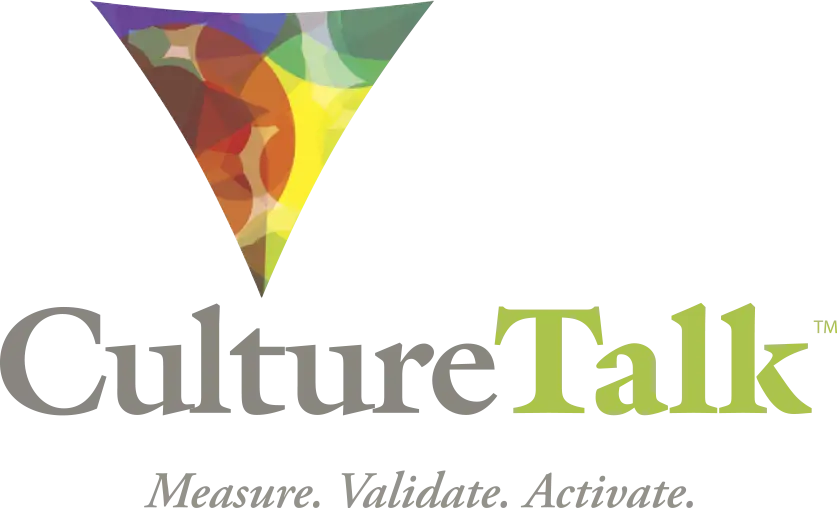A Case Study in Recruitment Branding
- September 30, 2022
- 6:56 pm
- Isabelle Forstmann
From My Story to Our Story
If we were to disassemble an organization, we’d find that, at its core, it’s just a group of people. Yet, when people align around a shared purpose, we become something more than the sum of our parts. With every person comes a story. Stories are the bridge through which we connect to one another. These individual stories are the building blocks of a larger story: the story of the organization. It is important that we tend to these stories. That’s the topic we tackled in this week’s Thursdays with CultureTalk looking into a case study in the trucking industry.
No time to watch the video? Here are the highlights of our conversation.
CultureTalk was brought in because this trucking company was struggling with recruitment. It is notoriously difficult to attract and retain drivers in the transportation industry, a problem that well-predates the pandemic and subsequent recruitment issues.
We set out to build an employment brand and began the engagement by measuring the culture and validating the Everyperson, Caregiver, and Hero as the organization’s core Archetypes. The organization’s new tagline “connecting people with purpose” was a way to express the ideals of these patterns.
As the updated brand was introduced, leadership embraced the new messaging and sought to get the whole company engaged around it. Together, we launched an employee program which invited each person in the company to share their personal story and connect it to the story of the organization. They answered the question: “How do we connect you with purpose?”
As the program unfolded, most employees got on board with an enthusiasm that was contagious! Week-by-week, team members anticipated the release of a new personal story and the chance to get to know their colleagues in a new way. And when it was their turn to share a story, they were vulnerable and authentic.
But not everyone was enthusiastic. As we began to build recruitment messages and campaigns, one person in particular stood out as reluctant. We’ll call him “doubting Ted.” Ted was in charge of recruitment, the very person we needed to get on board, but he was skeptical after years of working in the industry.
We welcomed the resistance. Working through doubts and different perspectives is an important part of the process of creating a true culture change; it would be more concerning if team members didn’t voice their hesitation.
Some are quick to accept new ideas — others need to warm up to them. They need more information, they need to test the ideas, or they need to observe the ideas in action. Resistance provides an opportunity to unearth more insights and deepen the experience of the entire team.
We knew our doubting Ted had come around when, at a conference, he introduced himself, “I’m Ted and I connect people with purpose.”
The company had come full-circle to embody the tagline by connecting their individual purpose to the purpose of the organization.





